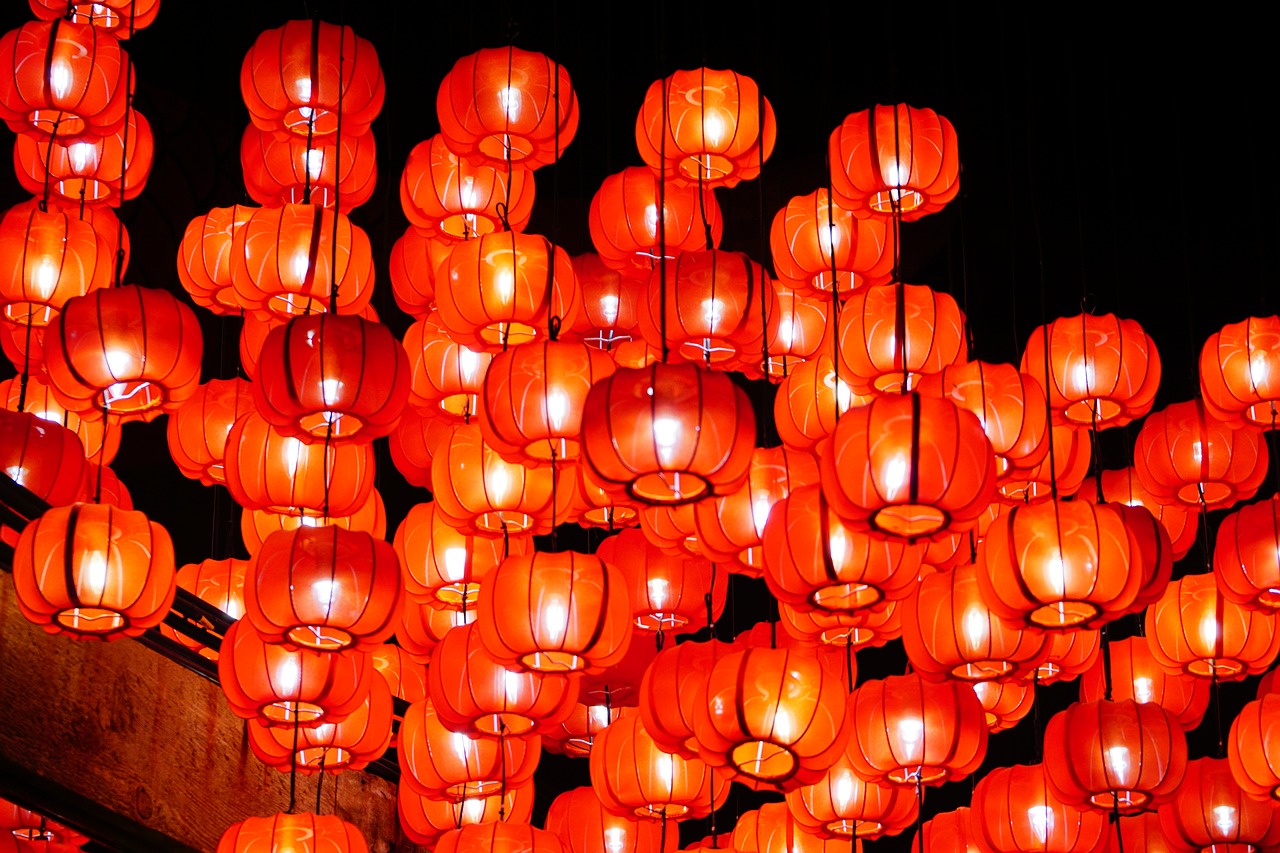What is the ideal number of beings to be liberated each time? Given the right conditions, it should be as many as possible. With limited amount of money, the smaller the size of the beings, the bigger the quantity that can be bought. That means more lives can be saved and helped to attain liberation. On the other hand, liberating larger animals such as yaks and sheep or larger fish like silver carp are also meaningful. We can plainly see that these beings generally endure more pain when being killed due to their larger body. As we help them avoid this immense fear and pain, we also gather greater merit at the same time. The Abhidharma-kosha-shastra said so too. For example, which is a greater evil, killing an ant or an ox? Although they are both living beings, the dying pain of an ant is not as enormous as that of an ox, relatively speaking. Due to the large size of the body, animals like yaks and sheep suffer more physical pain when they die. It is therefore a relatively greater evil to kill large animals.
~Depicted from THE RIGHT VIEW - Liberating Living Beings











